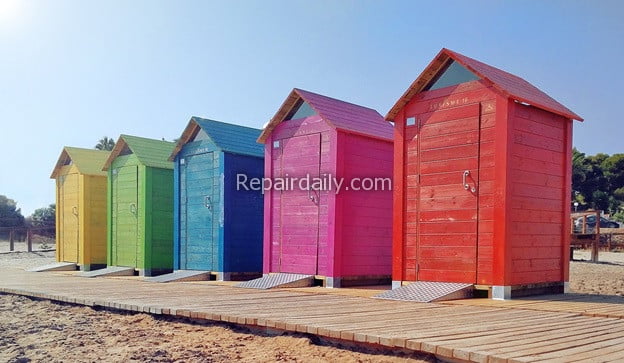
Building a yard near your home can be a great place to store yard tools and equipment. You can also use the space if you are interested in woodworking or fixing up your car.
You can use the shed properly if it is constructed with high-quality materials. If it is poorly designed or constructed, most sheds quickly succumb to the elements. It leads to a collapsed pile of debris for you to clean up. Even if you built a small shed outside your home, quality should always be the focus.
A good shed needs a strong foundation and you can follow these tips to build a foundation that will last many years.

Select the Location for a Shed
Before you design the space or look for materials, choose the best place where it can stand strong. Verify the zoning laws in your area which might dictate where homeowners can build a shed. Under some laws, there are also size restrictions required for the shed.
After looking at the landscape, select the best location. Avoid areas that are too close to the trees since growing roots can grow through a foundation.
Decide the Type of Shed Foundation
When we talk about shed foundations, they fall into two main categories that are on-grade and frost-proof choices. Foundations that are categorized on-grade sit directly on the ground and are quicker than the two foundations when it comes to construction. They are made of lumbar or concrete blocks. It is a cheaper option and can be used for small and medium-sized sheds.
On the other hand, frost-proof foundations are permanent because their construction requires digging. This type of foundation has supported piers to prevent the structure from shifting during seasonal temperature changes.
Measure the Size
The size of the shed matters especially when considering foundation material. The type of foundation and the materials you use is used to relate to the size of the shed and the weight of the items you will store inside.
Small and medium-sized sheds are around 160 square feet and can include a gravel pad, lumbar, paving blocks, and solid concrete blocks.
Larger sheds are usually one story high or greater than 160 square feet. These require a deeper foundation that can support a bigger structure without cracking. The foundation types of these include concrete piers and lumbar or concrete slabs.
Select the Best Materials
Basic materials required for a shed foundation are decided according to the size, weight of the structure, location in the yard, and climate. The design for a foundation is made up of seven or more concrete piers that are made by digging four feet down and pouring concrete into a mold placed in the hole.
Then a lumbar frame is placed on top of the tiers that spreads out the weight of the shed. Using concrete piers and lumbar provides a permanent and first-proof foundation. Such a strong foundation will be resistant to temperature change and is ideal for most types of soil and terrain.
